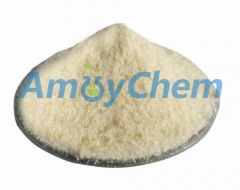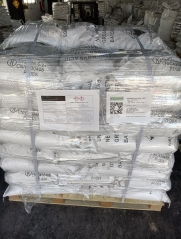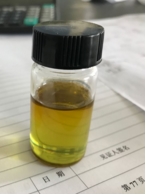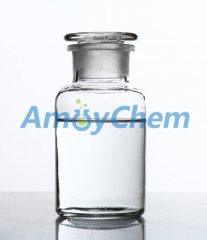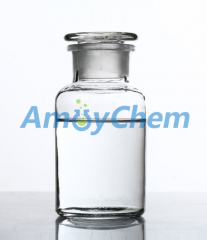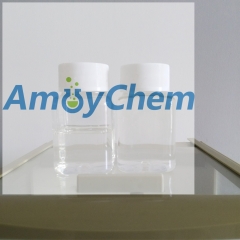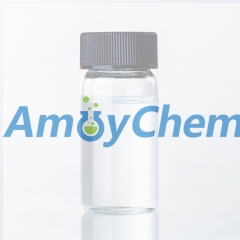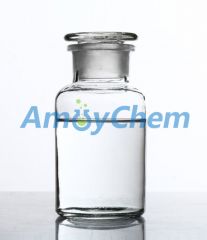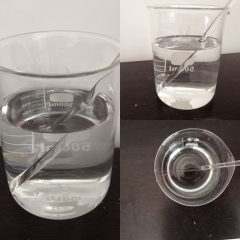O-Toluidine
Molecular Formula: C7H9N
MW: 107.15
Product Name: o-Toluidine
CAS No.: 95-53-4
Synonyms: 1-Amino-2-methylbenzene; 1-Methyl-2-aminobenzene; 2-Aminotoluene; 2-Methylaniline Molecular Formula: C7H9N
MW: 107.15

Properties:
Melting point: -23℃;
Boiling Point: 199-200℃(lit);
Density:1.008g/ml at 25℃(lit)
Product Package:
200kg/UN steel drum
Specification:
|
Items |
Specification |
|
Appearance |
pale yellow to reddish brown oily transparent liquid |
|
Assay |
99% min |
|
Low boiling substance |
0.10% max |
|
High boiling point substances |
0.3% max |
|
Aniline |
0.2% max |
|
p-Toluidine |
0.1% max |
|
m-Toluidine |
0.4% max |
|
Water |
0.3% max |
Product Storage:
Stored in glass bottles or metal barrels to prevent mechanical damage. Place it in a cool, dry, well ventilated place. It is best to use the open or attached warehouse. No fireworks, far away from the fire site. Avoid light. Sealed preservation. Separate it from oxidizer.
Application:
o-Toluidine is used or applied in different circumstances. It is used the most for dye, especially for coloring hair. The other usages of o-toluidine are specific determination of glucose in blood and the most recent one, the separation of toxic metal ions, which is still in the research phase.
o-Toluidine has been used as a dye precursor since the 19th century, when synthetic dye was produced.In the years that , the aromatic amine functioned as a precursor of many dyes and pigments for consumer goods. But when the carcinogenicity of o-toluidine for animals was recognized, and that it potentiality could be carcinogenic for humans, the production of o-toluidine and its use in dye manufacturing has been largely banned in the Western world and in many parts of the East. But there are still a few dyes that are based on this compound. The most known compounds are petroleum products and yellow organic pigments. It is also an essential compound in the production of 4-chloro-o-toluidine and 4-amino-2′,3-dimethylazobenzene, which are also dyes.







